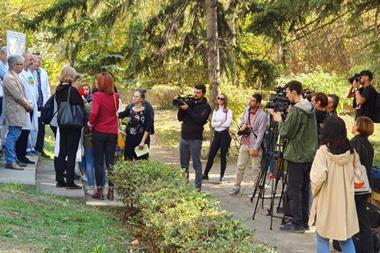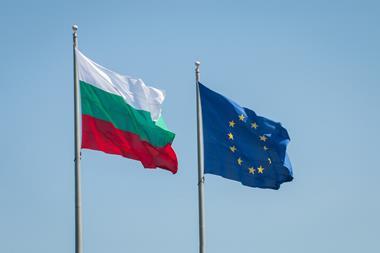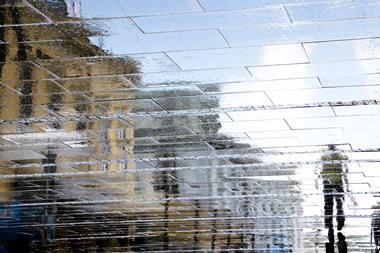Countries plan a joint science strategy to compete with Europe’s big research beasts
Science ministries in south-east Europe (SEE) are ushering in an era of greater collaborative research in the region, aiming to harmonise their policies and share their research infrastructure. The hope is that this will help improve their competitiveness with richer counterparts in the EU and further afield.
Ministers and officials from 11 countries – Albania, Bosnia and Herzegovina, Bulgaria, Croatia, Greece, Macedonia, Moldova, Montenegro, Romania, Serbia and Turkey – signed a joint declaration on Friday in Sarajevo, Bosnia and Herzegovina, outlining new avenues for better collaboration in five areas: infrastructure, policy, research statistics, research networking and science journalism.
The European Research Area is one big sea, an ocean, from our perspective
Seven of these same countries will also soon establish a regional science strategy, drafted by the World Bank, with the help of working groups from the countries. The new strategy will have the goal of creating two separate funds: one for research excellence and one for innovation. Centres of excellence, a technology transfer facility and a body to put the strategy into practice would also be set up.
The research fund will also provide grants for training and young researchers, and money for international collaborations, according to Ðjuro Kutlaca, head of the Mihajlo Pupin Institute for ICT research in Belgrade, who presented the draft strategy. He added that the innovation fund would be a ‘one-stop-shop for local and foreign inventors’.
The draft regional strategy has already helped Montenegro to draw up plans for research and innovation so they dovetail with neighbouring countries, Sanja Vlahovic, Montenegrin science minister tells Chemistry World. ‘It helped us compare ourselves within the region and orient towards the EU. And it helped us gain better insight into the experience of countries similar to us in mentality and culture – to position ourselves and see what we needed to change and how to approach [science reform].’
All at sea
‘The European Research Area is one big sea, an ocean, from our perspective,’ said Vlahovic, adding that individual countries ‘cannot be competitive’ in such a huge research space. A regional approach where countries partner up and coordinate their activities may help.
Silviu Gabriel Szentesi, vice president of the National Authority for Scientific Research in Romania, is already trying to drive greater cooperation between south-east European countries. He has proposed the ‘common use of facilities in south-east Europe’ and invited researchers from across the region to use Romania’s research facilities. He is now calling for ‘collaborative, win-win partnerships’ – not brain drain, but ‘brain circulation’.
He envisions researchers from the region coming to work for a couple of years and then returning to their countries with newly acquired skills and collaborations. But even innovation could be regionalised, so research is done in one country, technology developed in another and market development in yet another.
However, concrete steps will be needed to implement a regional approach to research, said Vitalie Varzari, senior specialist at the department for European integration and international cooperation of the Academy of Science of Moldova. ‘In order to implement this vision, you have to have a plan of action and, of course, it has to be sustained by a fund, money,’ Varzari said. ‘This is a good chance for the EU to invest in something real that will have an impact in the long-term development of countries in the western Balkans and eastern Europe.’












No comments yet